Menu
Physics Lesson 3.1.2 - Types of motion according to the path's shape
Please provide a rating, it takes seconds and helps us to keep this resource free for all to use
Welcome to our Physics lesson on Types of motion according to the path's shape, this is the second lesson of our suite of physics lessons covering the topic of Motion. Types of Motion, you can find links to the other lessons within this tutorial and access additional physics learning resources below this lesson.
Types of motion according to the path's shape
This category contains a number of subcategories as well. They are:
I. Rectilinear (in short Linear) Motion
This is a kind of motion, in which the object moves in a straight line. Look at the figure below.
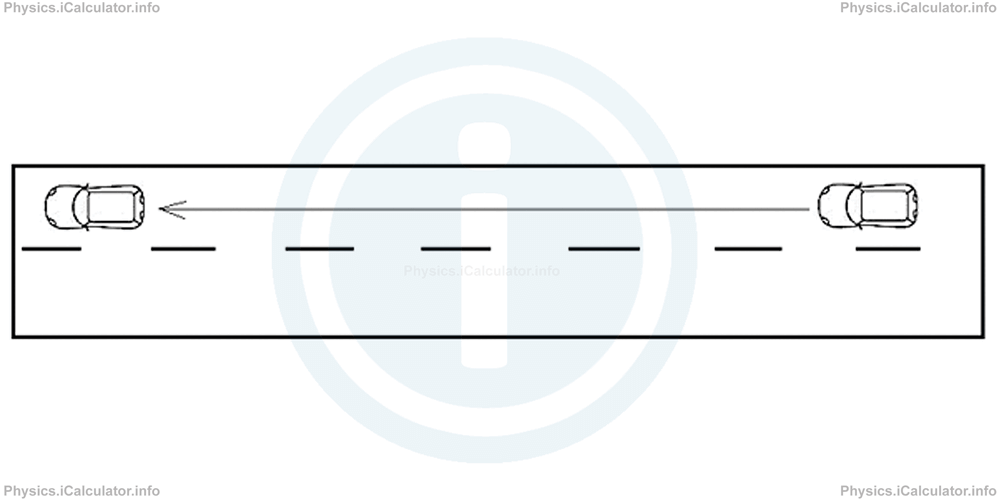
The road is straight, so the car is making a rectilinear motion.
II. Circular (Rotatory) Motion
In this kind of motion, the object moves in a circular path, i.e. it revolves around a fixed point (the centre) at the same distance (radius r) from it. Look at the figure.
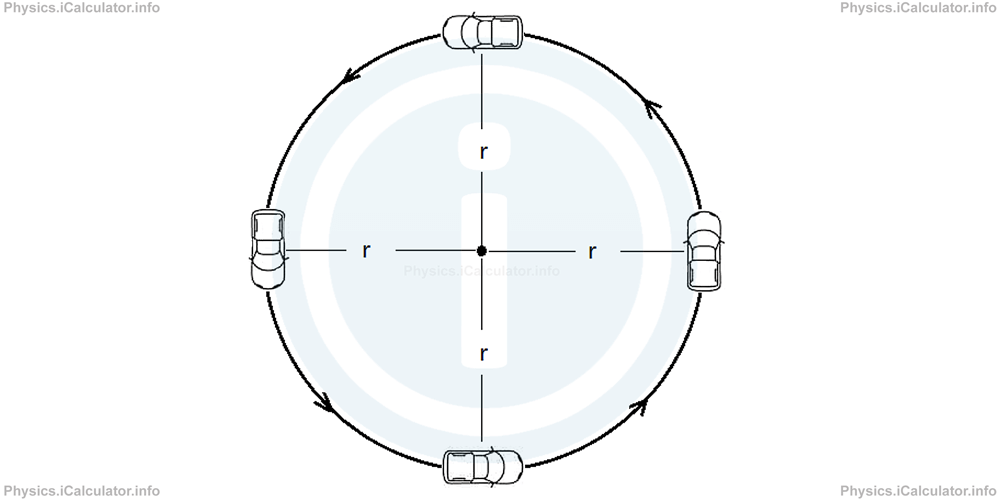
III. Curvilinear Motion
It describes an object moving according along a curved path. Look at the figure: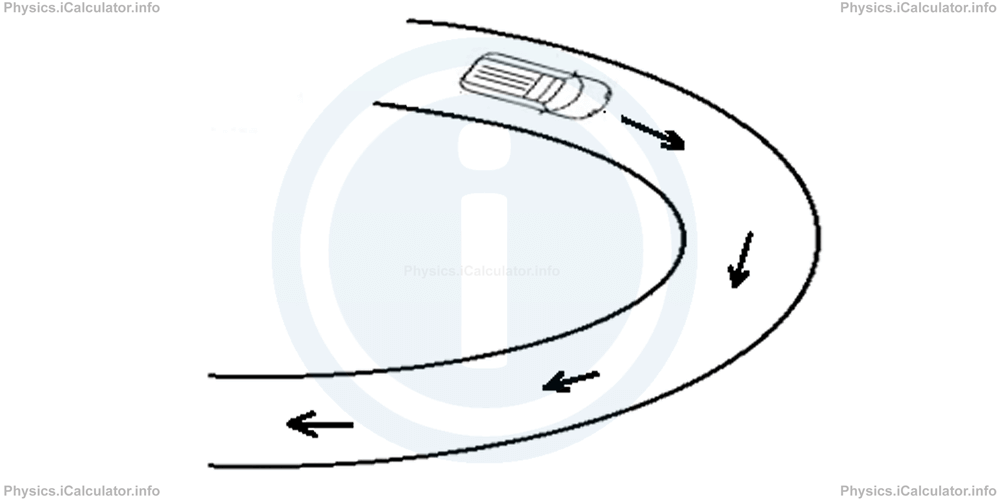
It differs from Circular Motion as here the curve may not be perfect, so it is impossible to find a fixed point whose distance from the moving object remains constant.
IV. Vibratory (Vibrational) Motion
This is a back and forth motion around a fixed point, which is known as the "equilibrium position". An elastic spring oscillating up and down when we hang an object in it - as shown in the figure - represents a typical example of Vibratory Motion.
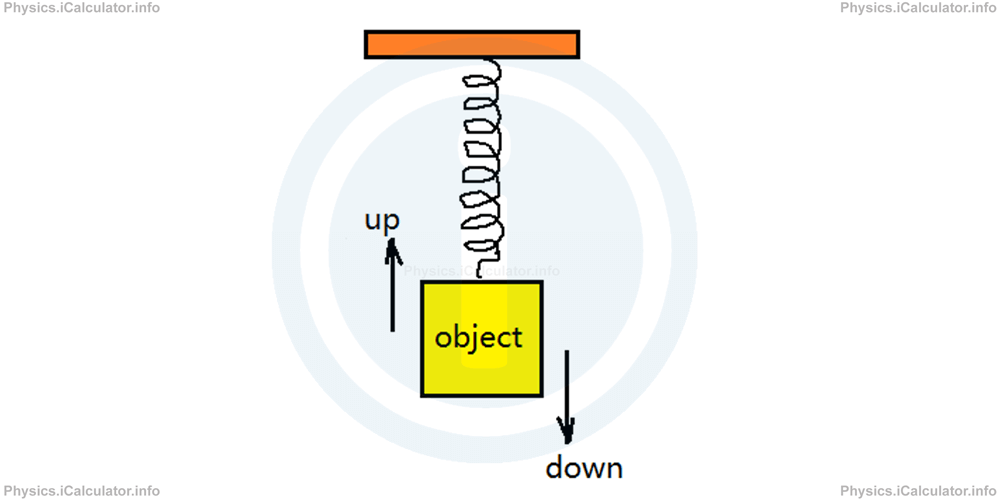
V. Projectile Motion (Ballistics)
This kind of motion typically occurs when we throw an object at an angle θ different from 0° and 90° to the horizontal direction (θ ≠ 0° and θ ≠ 90°). The trajectory of a projectile is parabolic due to the attraction effect of gravity. Look at the figure below in which the ball has been "photographed" in 7 consecutive and equal time intervals.
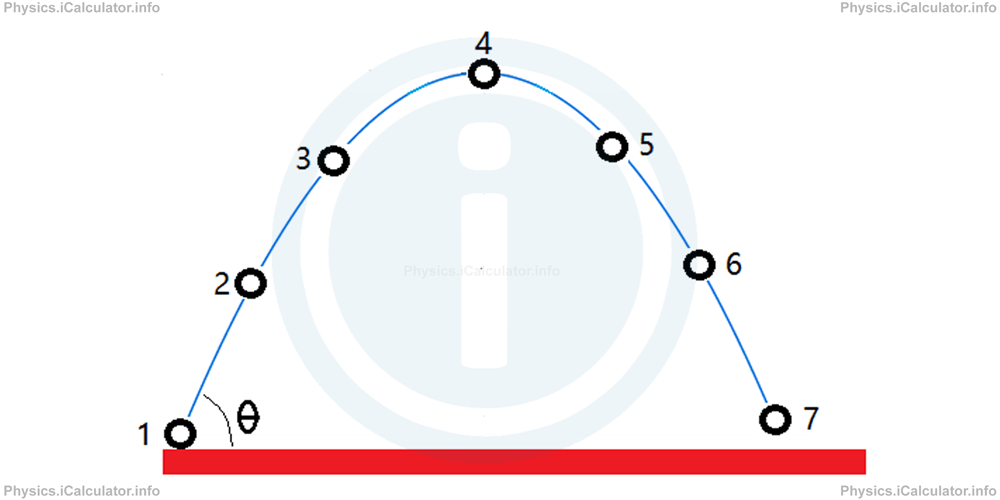
VI. Elliptic Motion
This kind of motion describes and object moving according an elliptic path. All planets move in this way when they revolve around the Sun. (Remember from Maths that an ellipse has two foci. The Sun is located in one of them). Look at the figure.
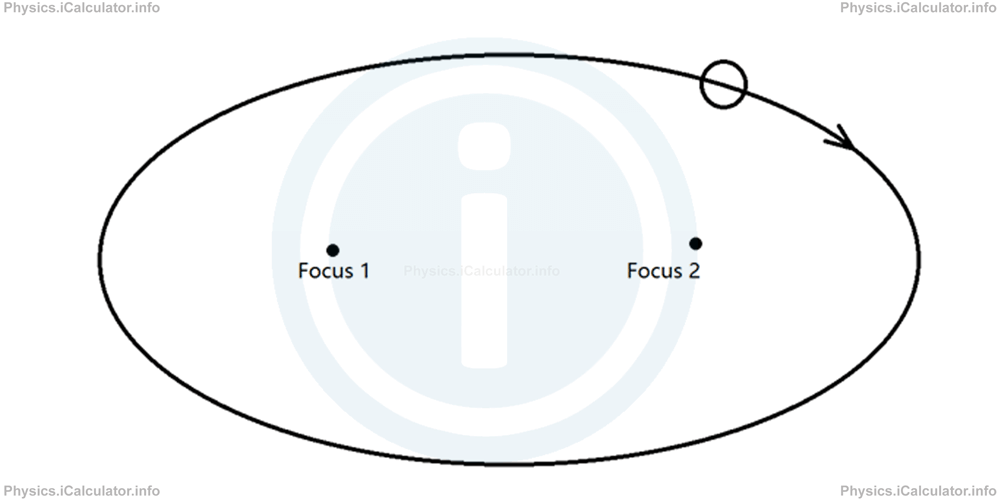
VII. Combined Motion
If two or more of the abovementioned motions are combined, other types of trajectory (which are worth to mention) are produced. Some of them include:
a) Oscillatory Motion
This kind of motion is a combination of circular and vibratory ones. That is, the object swings around an equilibrium position but not in a straight line. Its trajectory is similar to that of circular motion. A simple pendulum represents a typical example in this regard. Look at the figure.
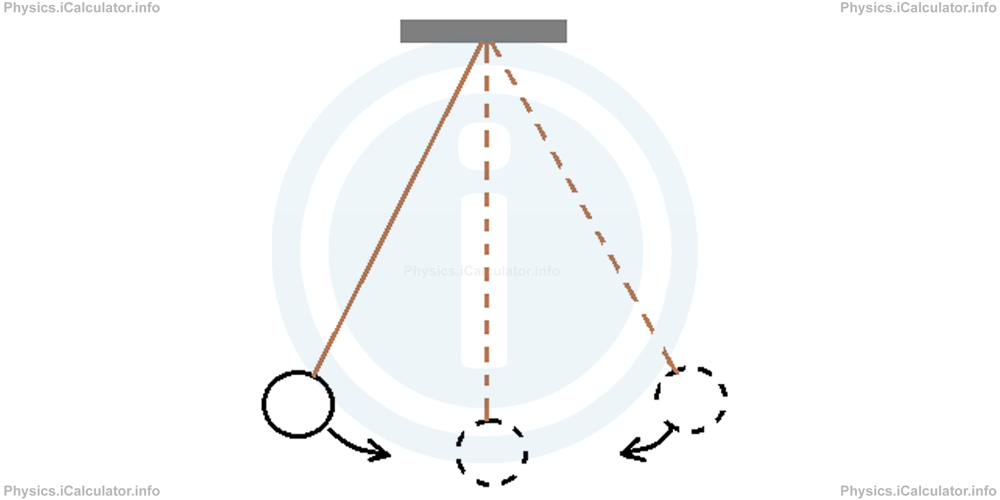
b) Wavy (sinusoidal) Motion
In this kind of motion there is a combination of rectilinear and vibrational ones. If you shake a rope, it will look like this:
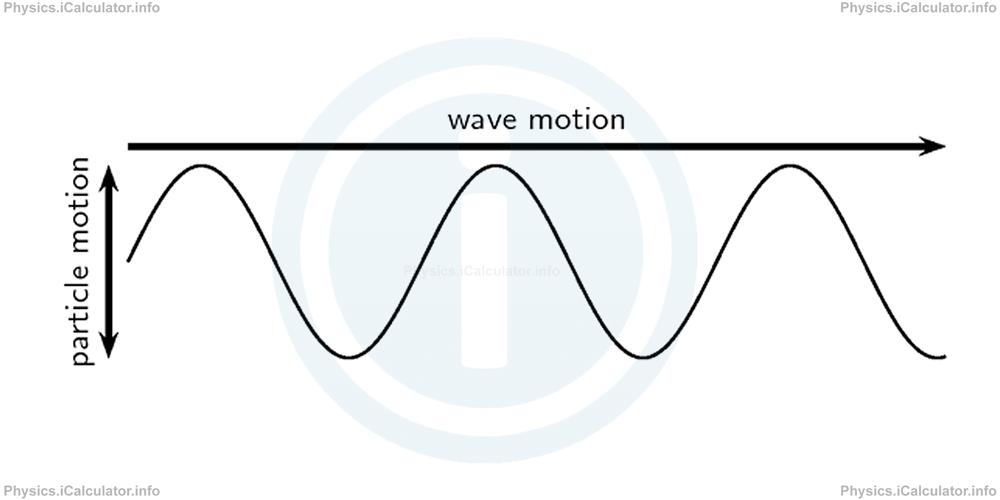
If we take a certain particle in the rope, we will see that it moves only up and down around the equilibrium position. This may seem as vibratory motion. However, the disturbance in the rope spreads according a rectilinear trajectory. In this way, a wavy motion is generated. Therefore, in wavy (sinusoidal) we have a combination of two basic types of motion: vibratory and rectilinear.
We say this motion is sinusoidal because the wave it corresponds is similar to the graph of a sinusoidal (sine) function.
Example 1
Describe the motion for every section shown in the figure.
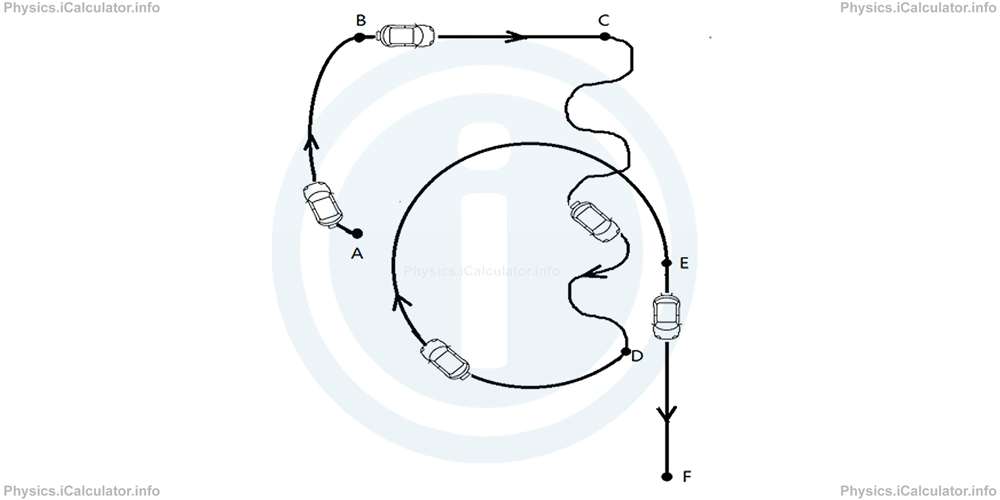
Solution 1
In the section AB the motion is curvilinear as the car is moving along a curved path but there is not any fixed point around which it rotates.
In the section BC the motion is rectilinear because the car moves along a straight line.
In the section CD the motion is wavy (sinusoidal) as the car's trajectory is similar to that of a wave.
In the section DE there is a circular (rotatory) motion as the trajectory is a similar to a circle.
In the section EF the motion is rectilinear as the car moves along a straight line.
You have reach the end of Physics lesson 3.1.2 Types of motion according to the path's shape. There are 2 lessons in this physics tutorial covering Motion. Types of Motion, you can access all the lessons from this tutorial below.
More Motion. Types of Motion Lessons and Learning Resources
Whats next?
Enjoy the "Types of motion according to the path's shape" physics lesson? People who liked the "Motion. Types of Motion lesson found the following resources useful:
- Shape Feedback. Helps other - Leave a rating for this shape (see below)
- Kinematics Physics tutorial: Motion. Types of Motion. Read the Motion. Types of Motion physics tutorial and build your physics knowledge of Kinematics
- Kinematics Revision Notes: Motion. Types of Motion. Print the notes so you can revise the key points covered in the physics tutorial for Motion. Types of Motion
- Kinematics Practice Questions: Motion. Types of Motion. Test and improve your knowledge of Motion. Types of Motion with example questins and answers
- Check your calculations for Kinematics questions with our excellent Kinematics calculators which contain full equations and calculations clearly displayed line by line. See the Kinematics Calculators by iCalculator™ below.
- Continuing learning kinematics - read our next physics tutorial: Position, Reference Point
Help others Learning Physics just like you
Please provide a rating, it takes seconds and helps us to keep this resource free for all to use
We hope you found this Physics lesson "Motion. Types of Motion" useful. If you did it would be great if you could spare the time to rate this physics lesson (simply click on the number of stars that match your assessment of this physics learning aide) and/or share on social media, this helps us identify popular tutorials and calculators and expand our free learning resources to support our users around the world have free access to expand their knowledge of physics and other disciplines.